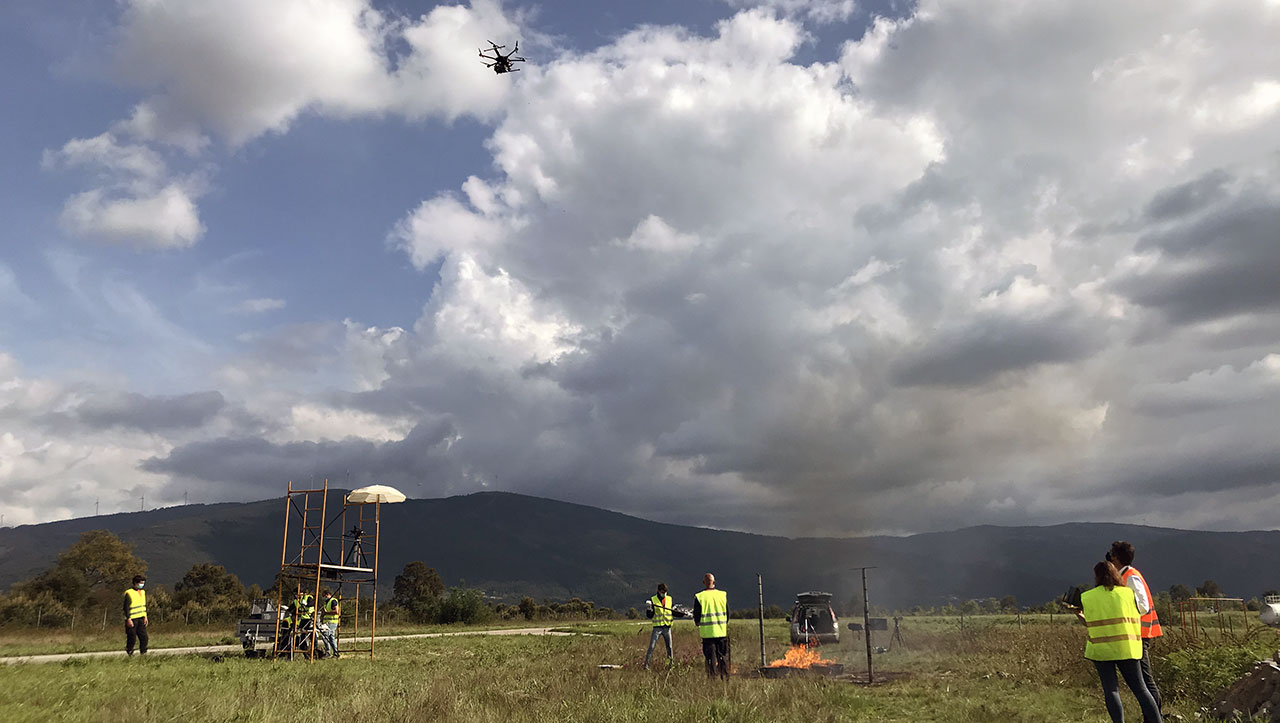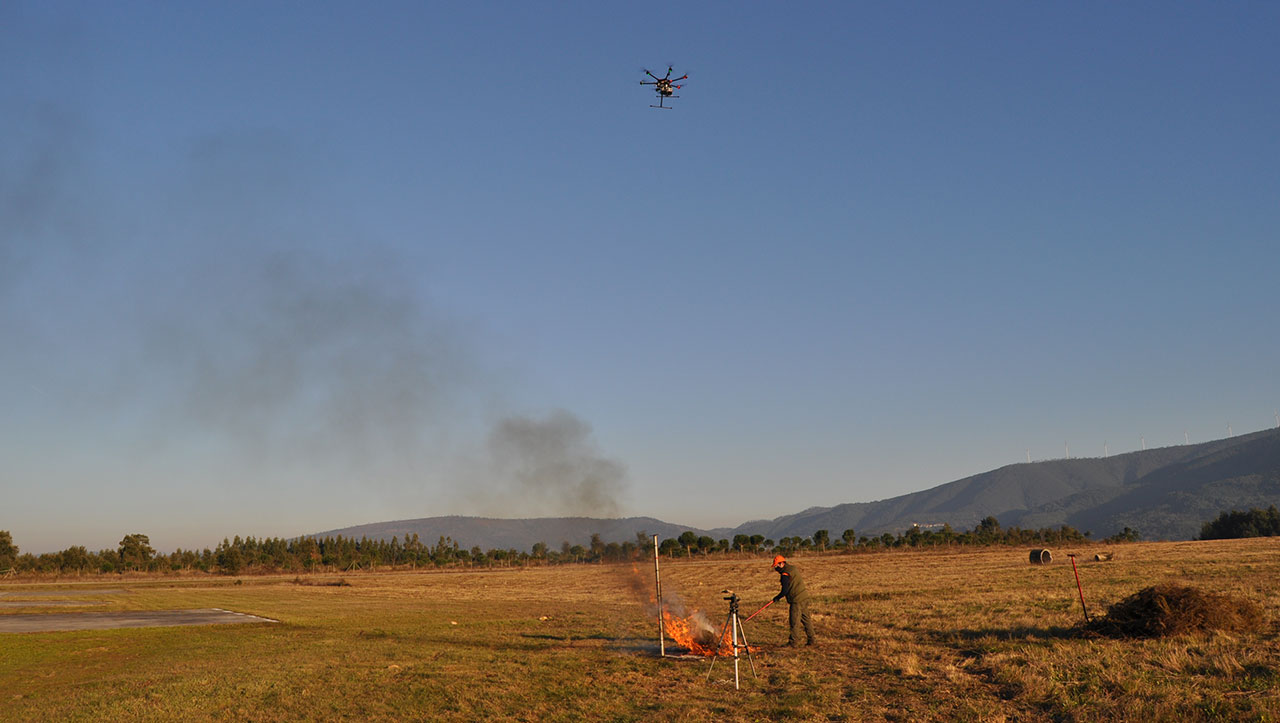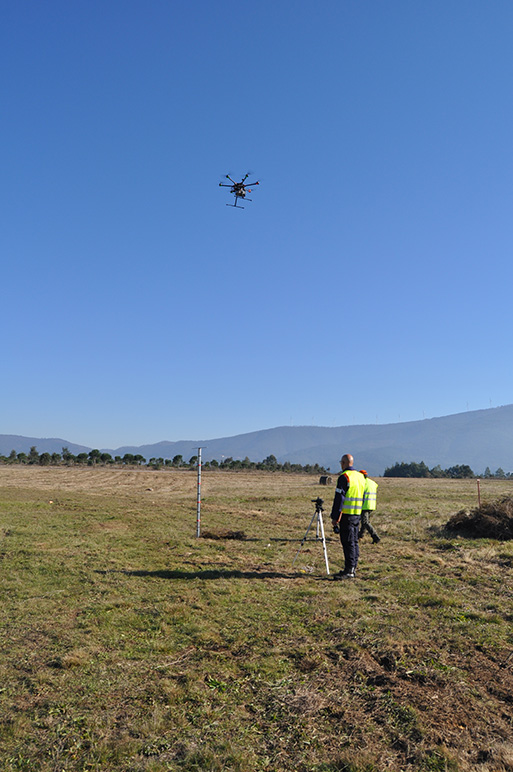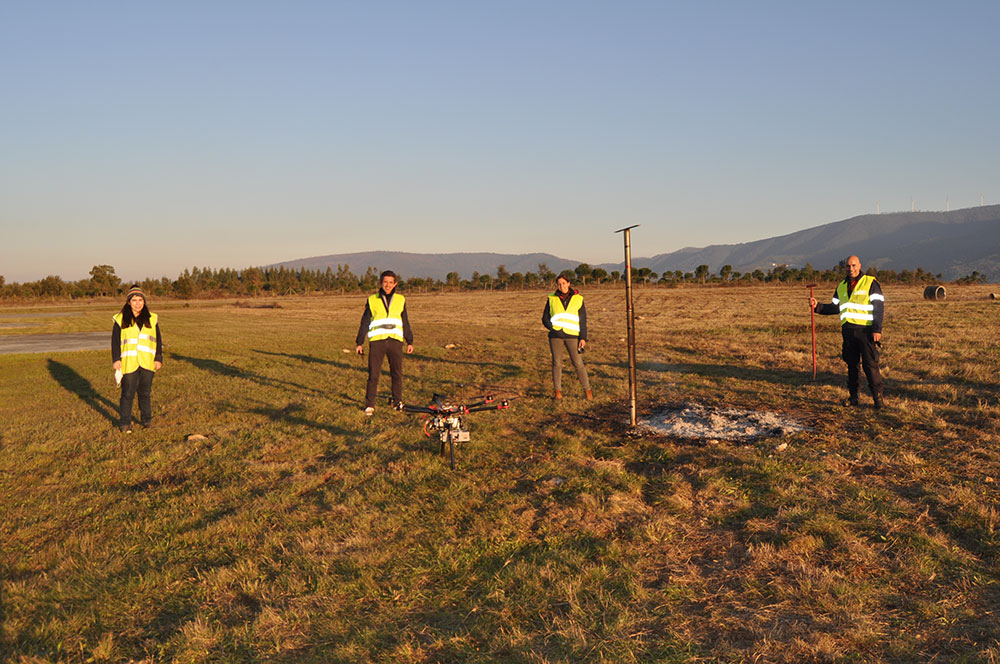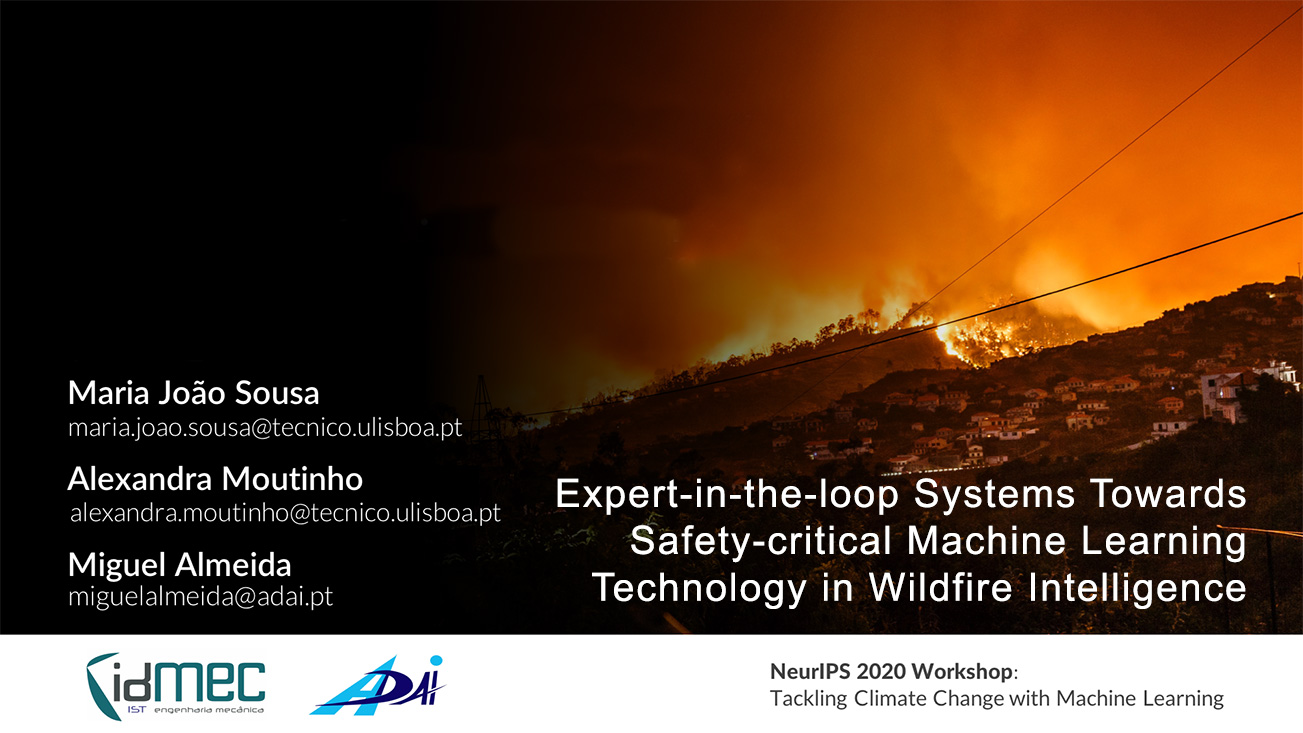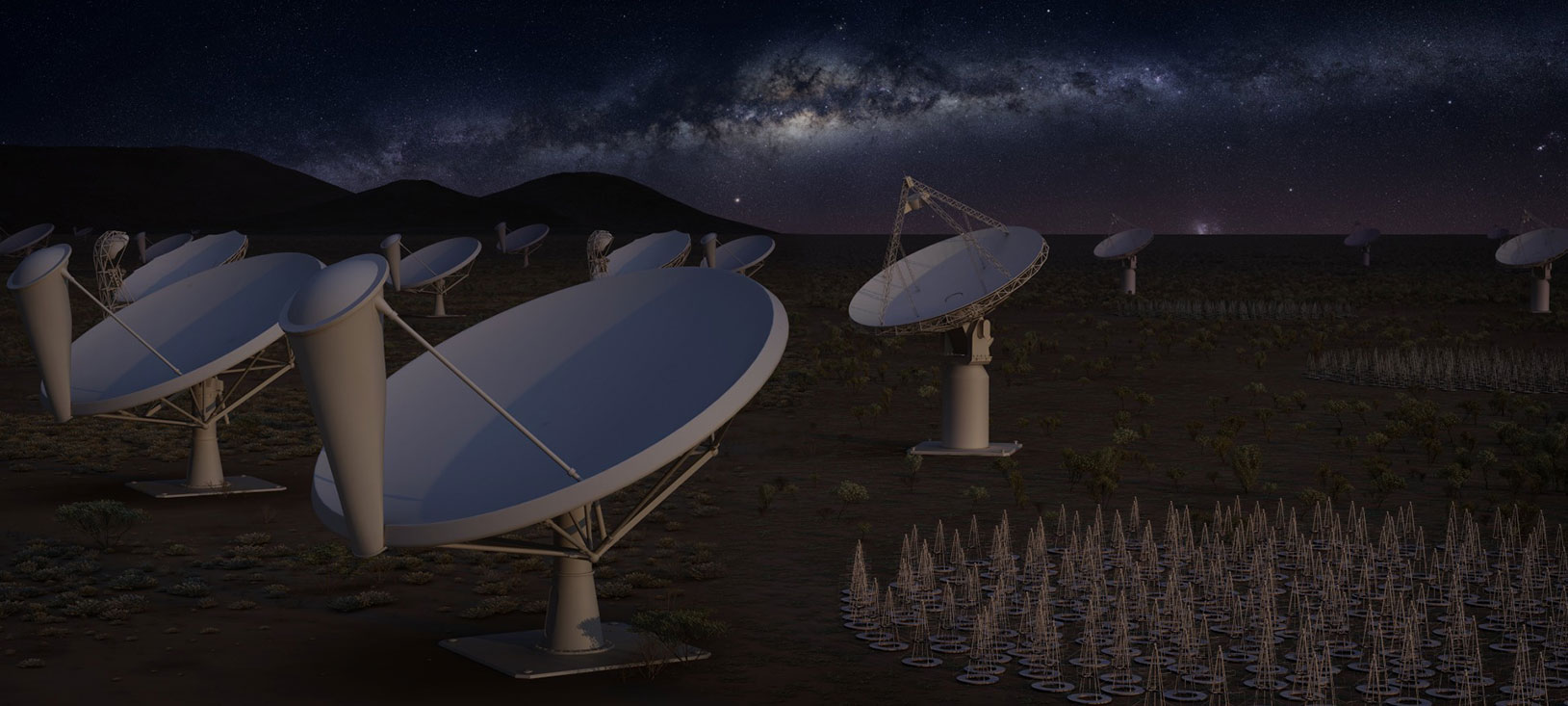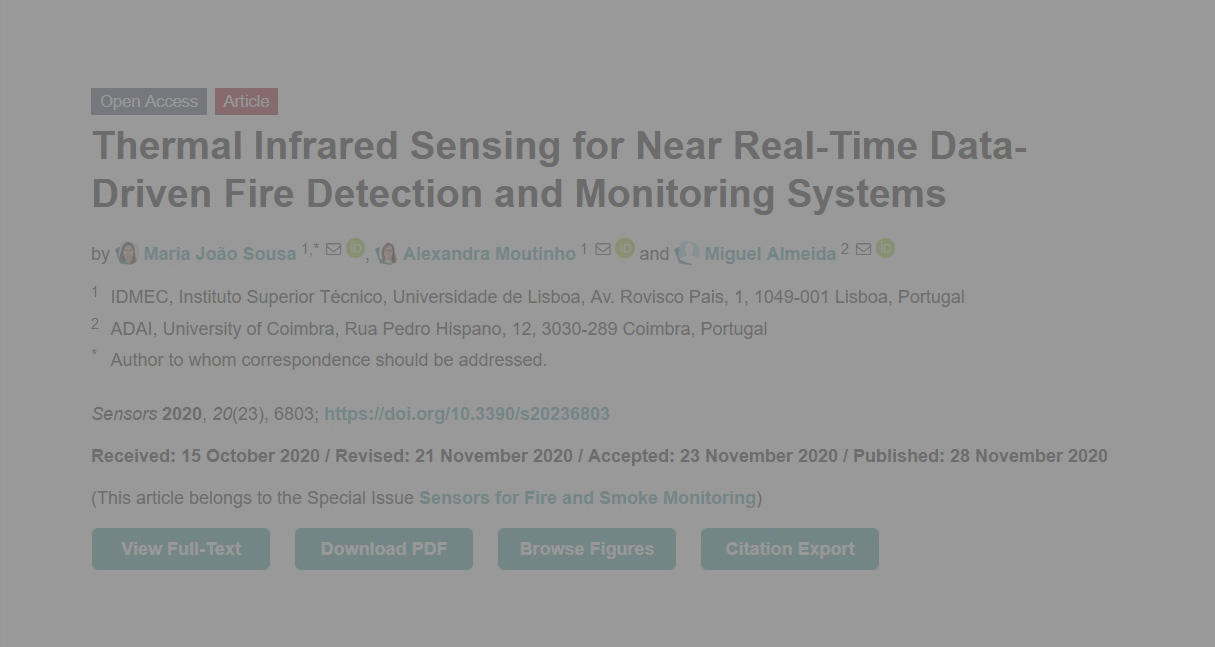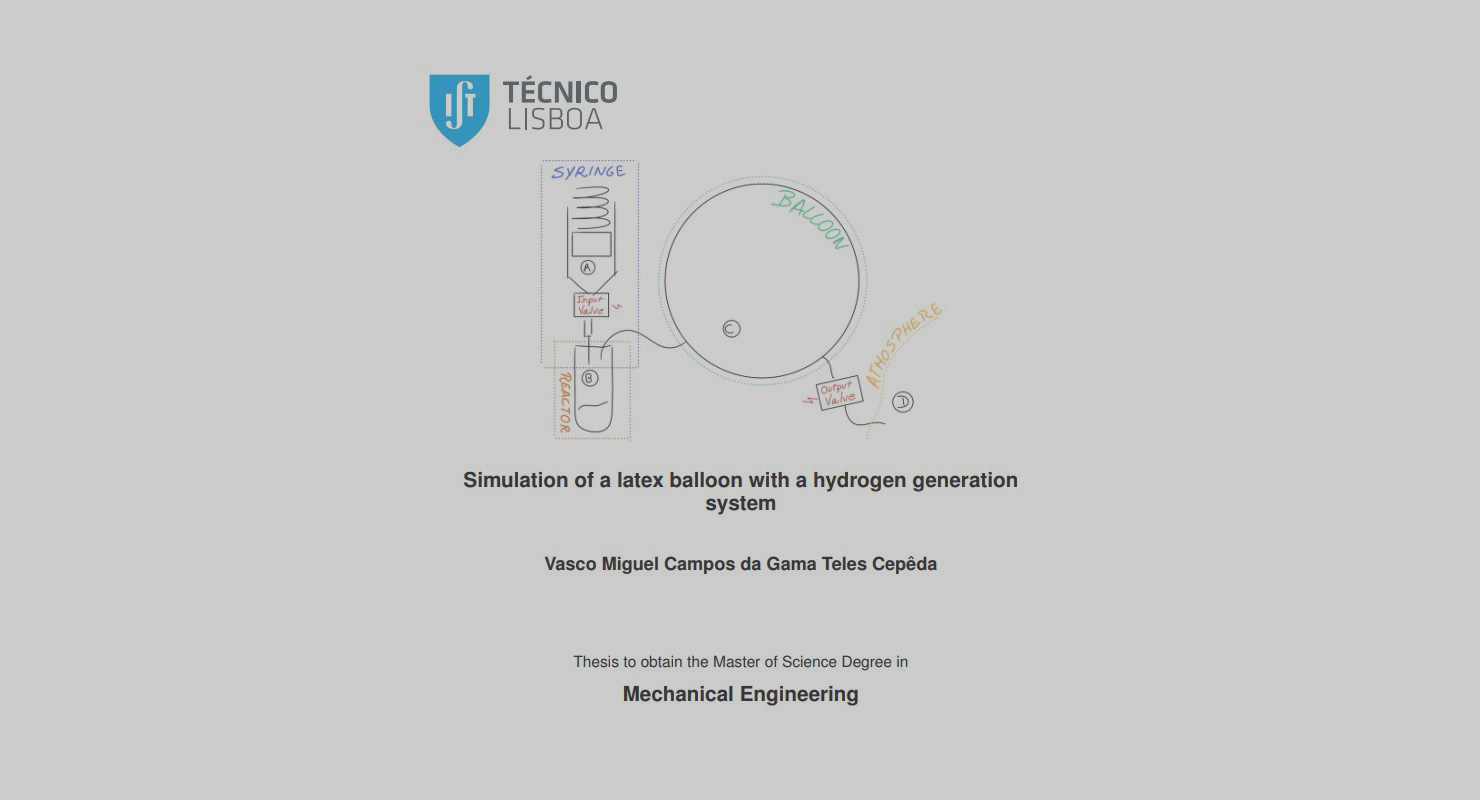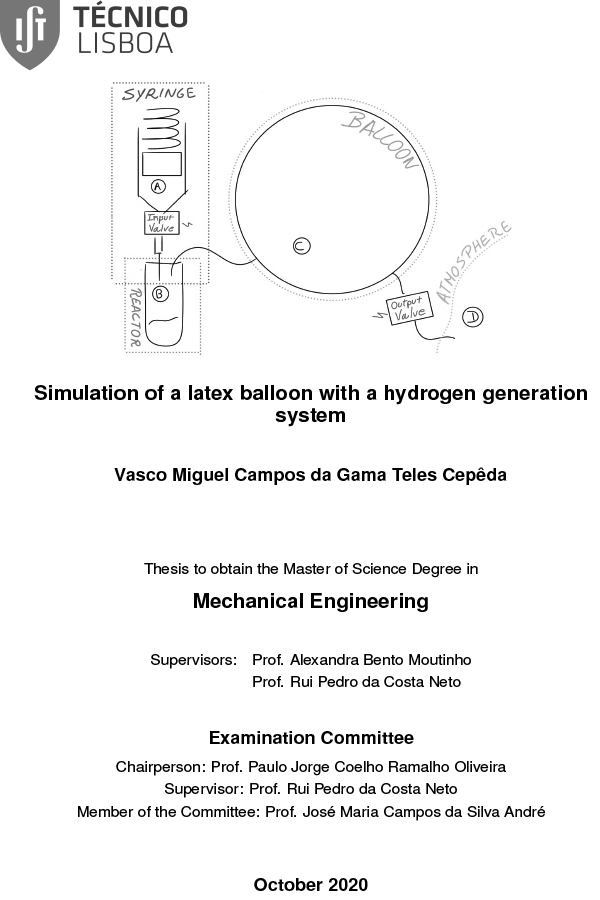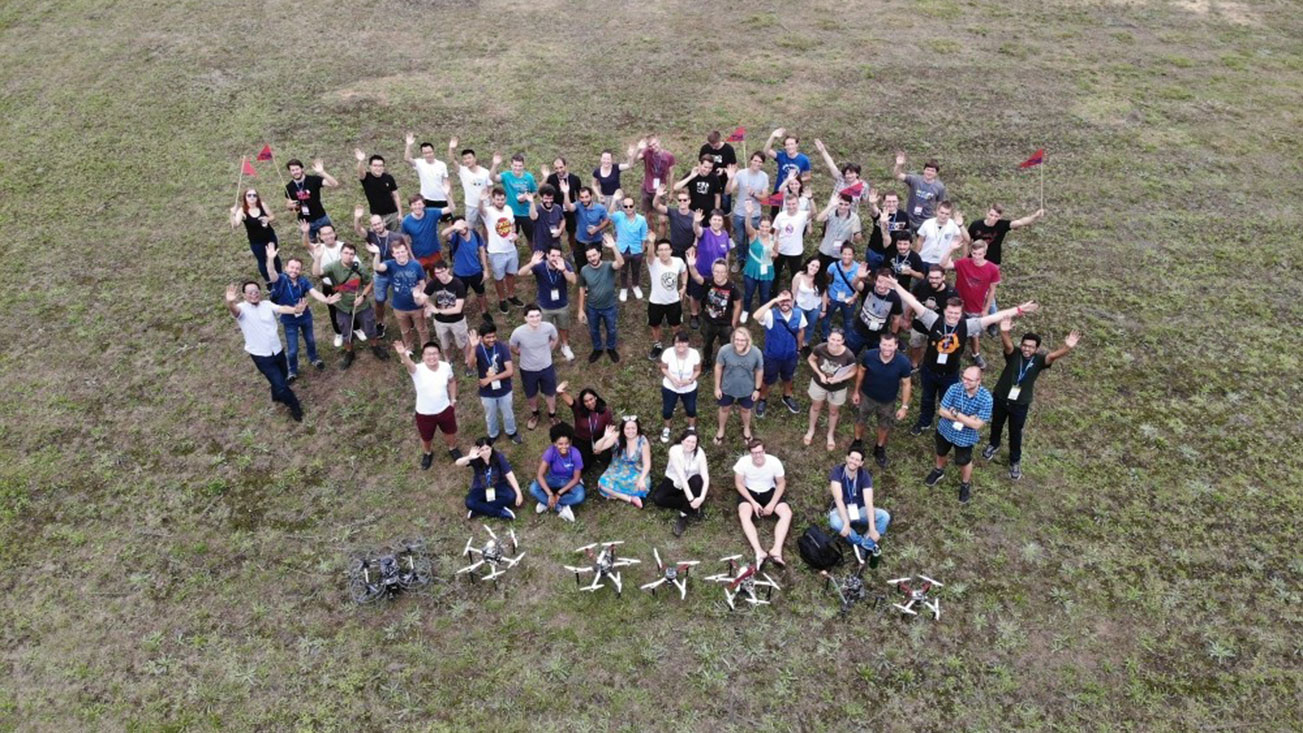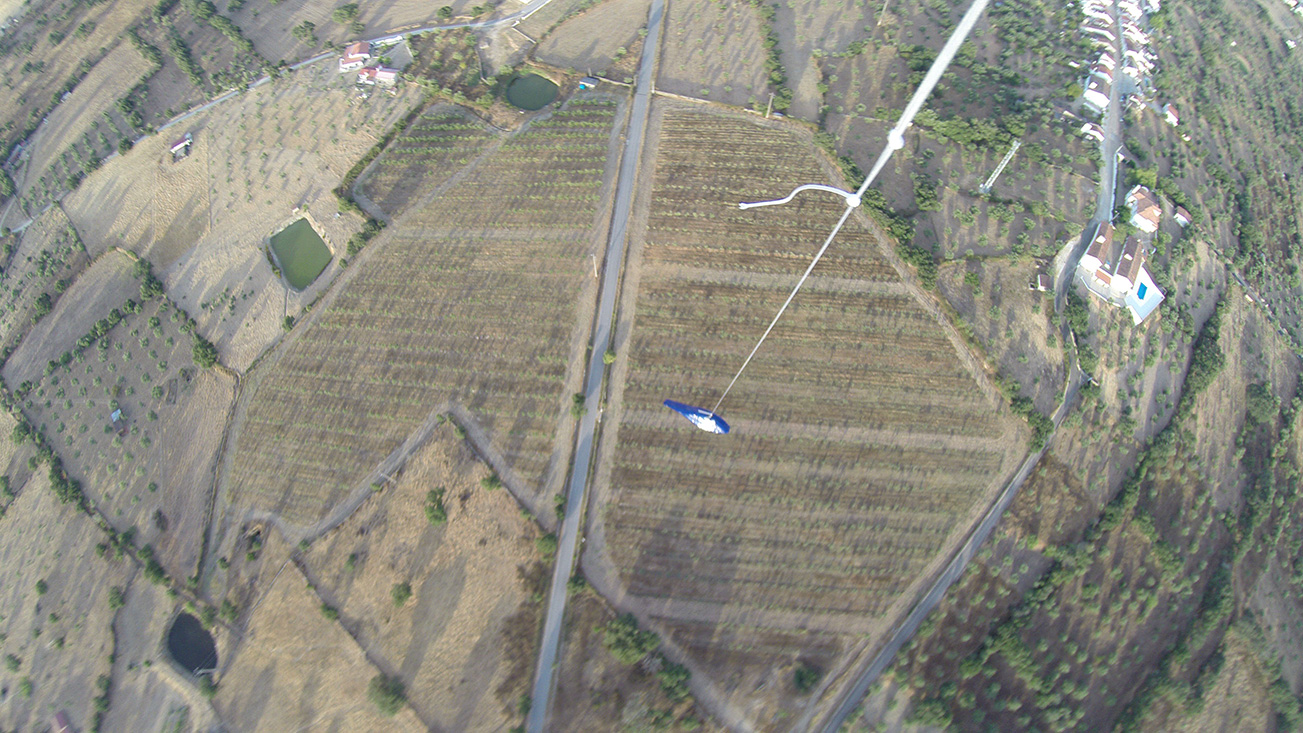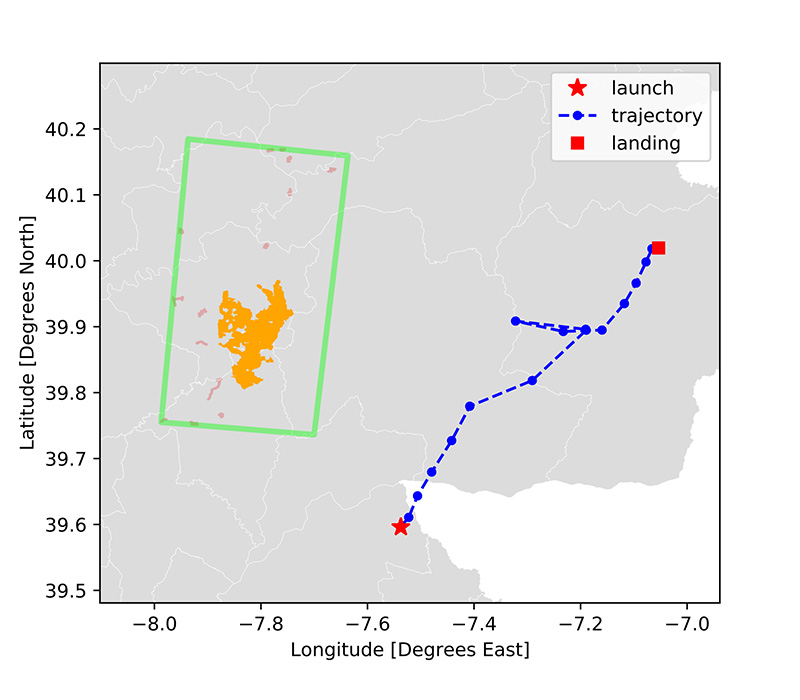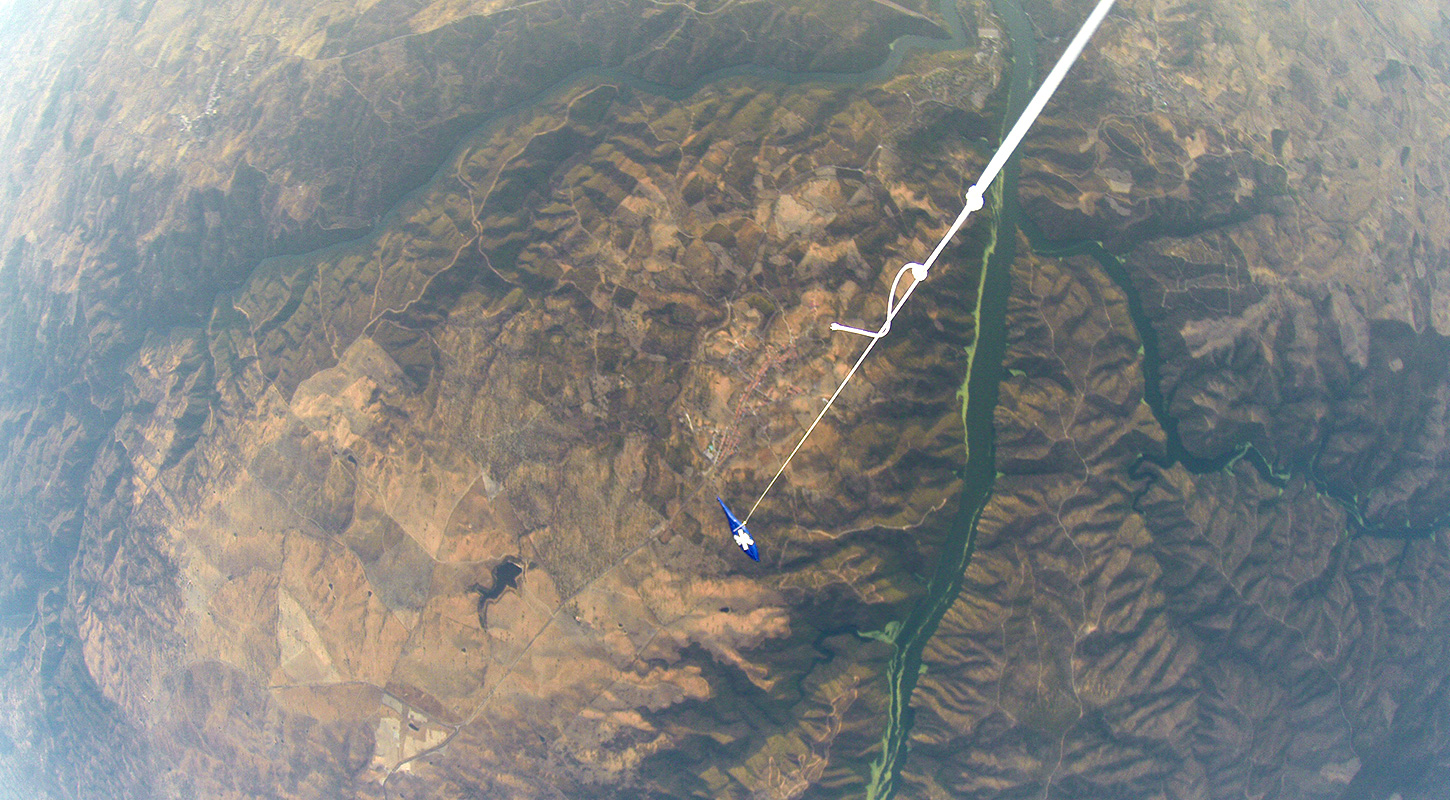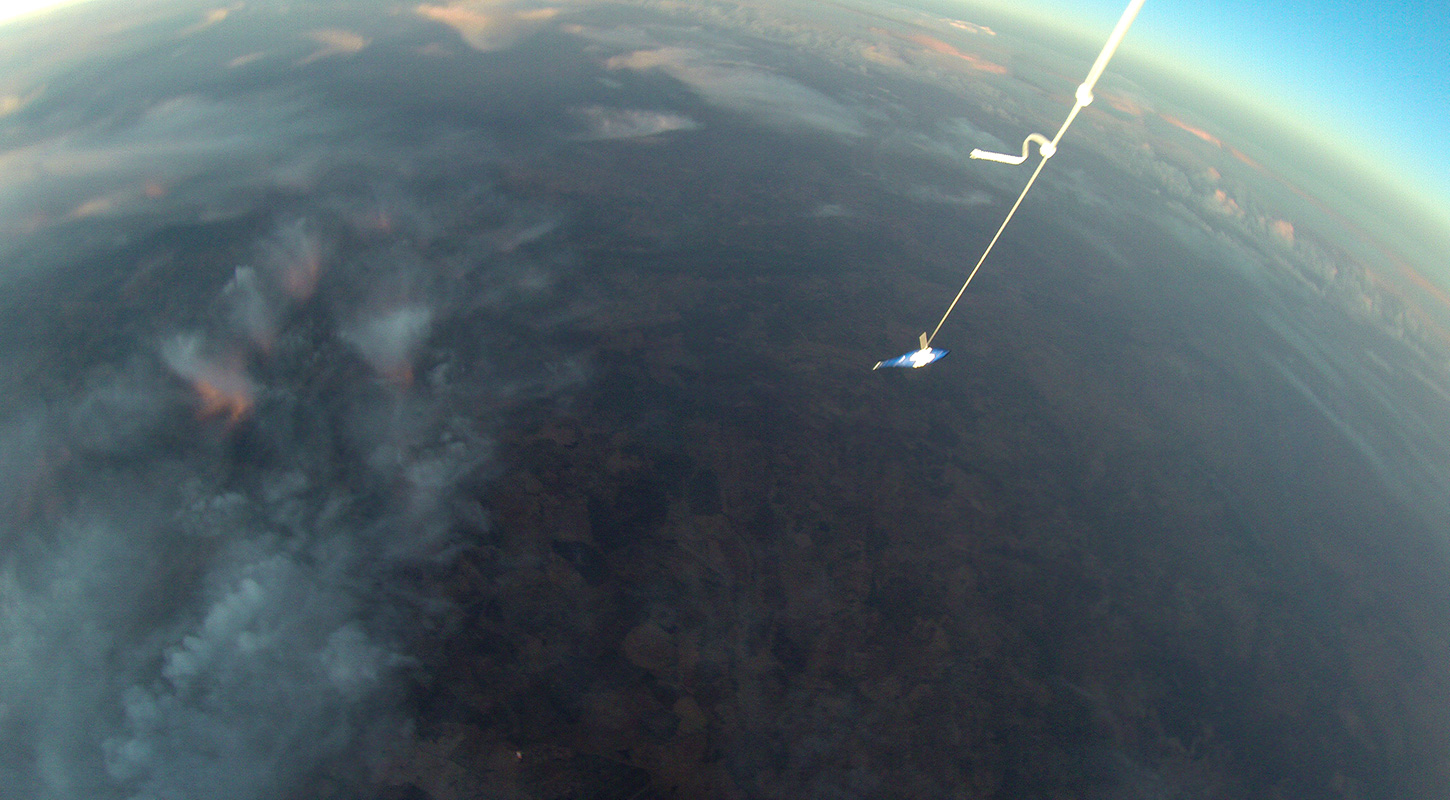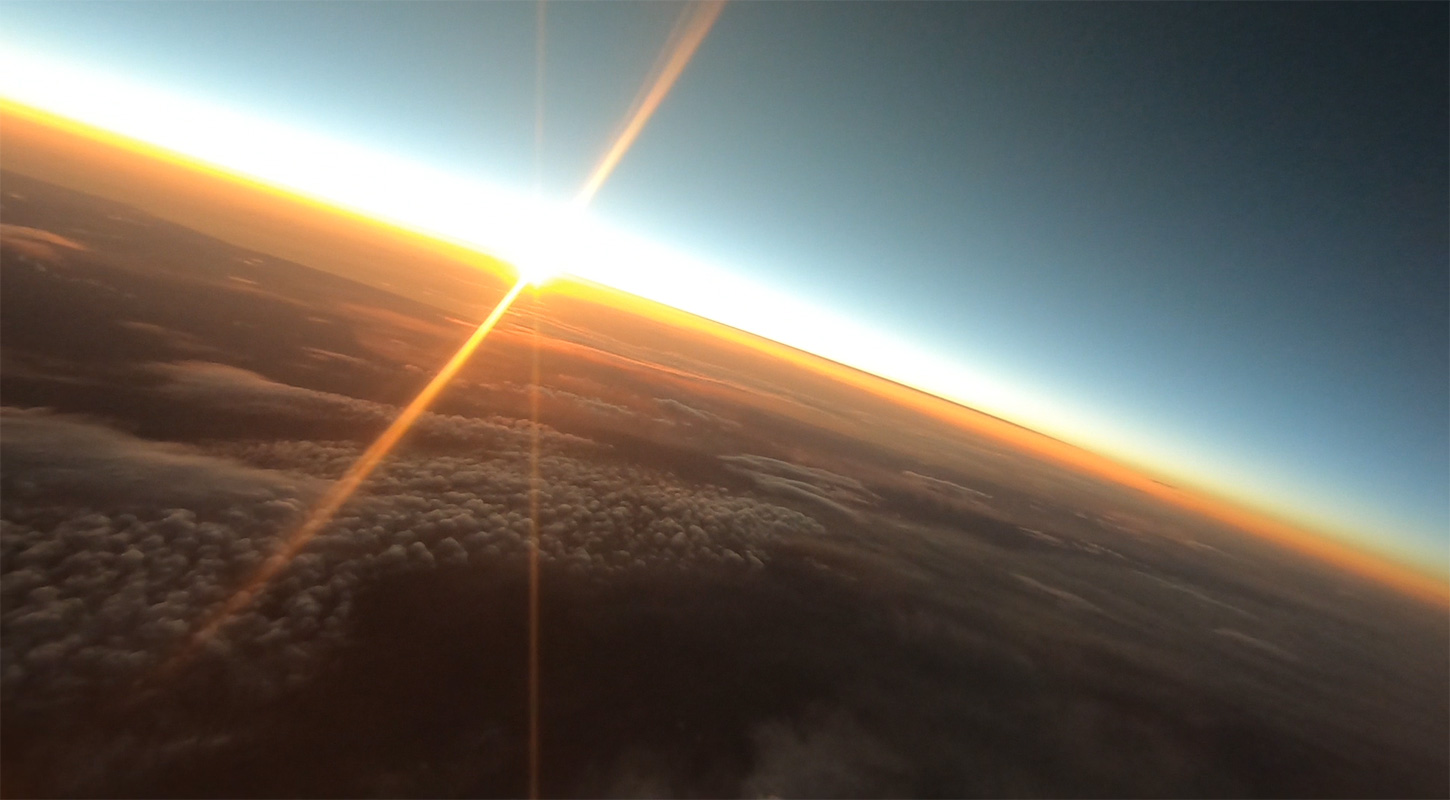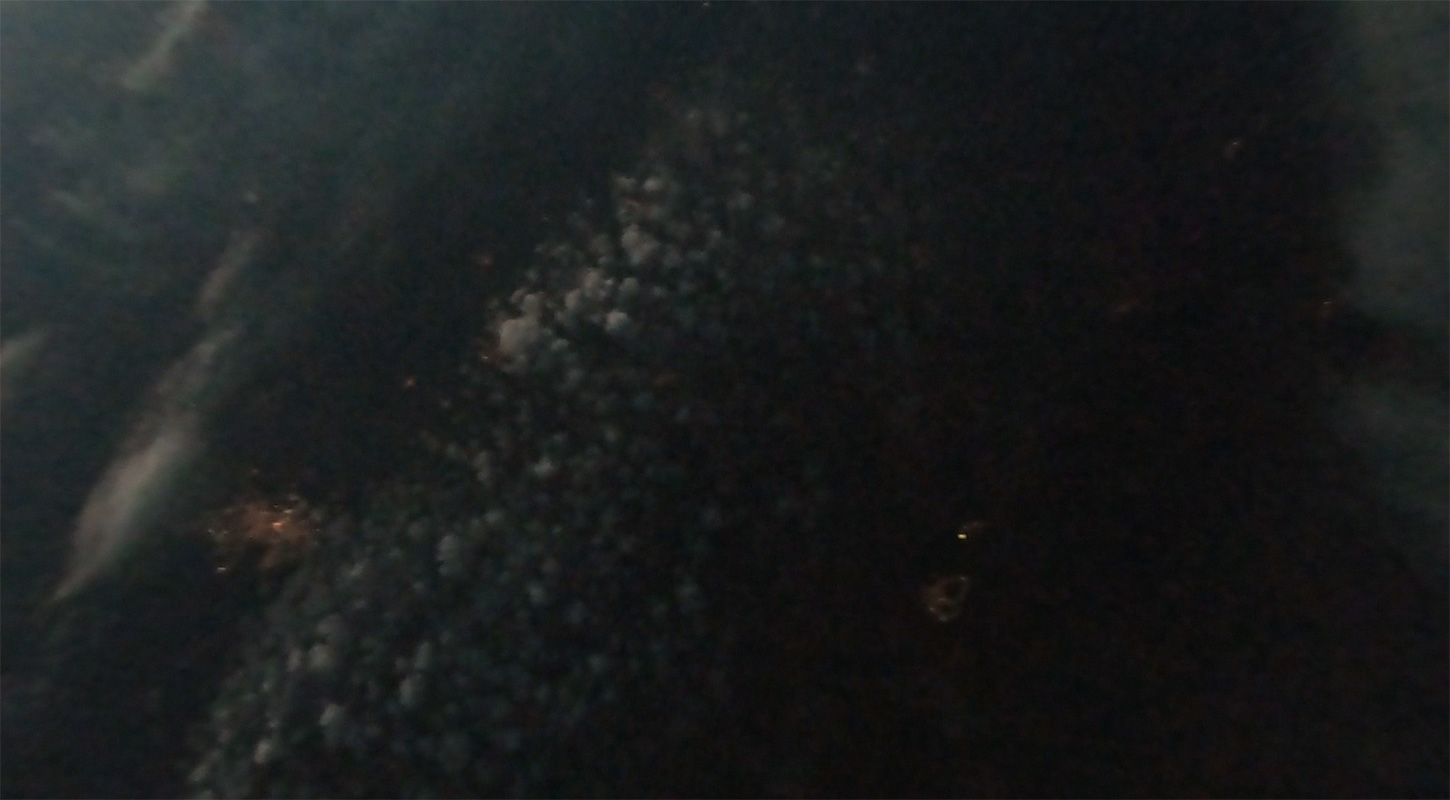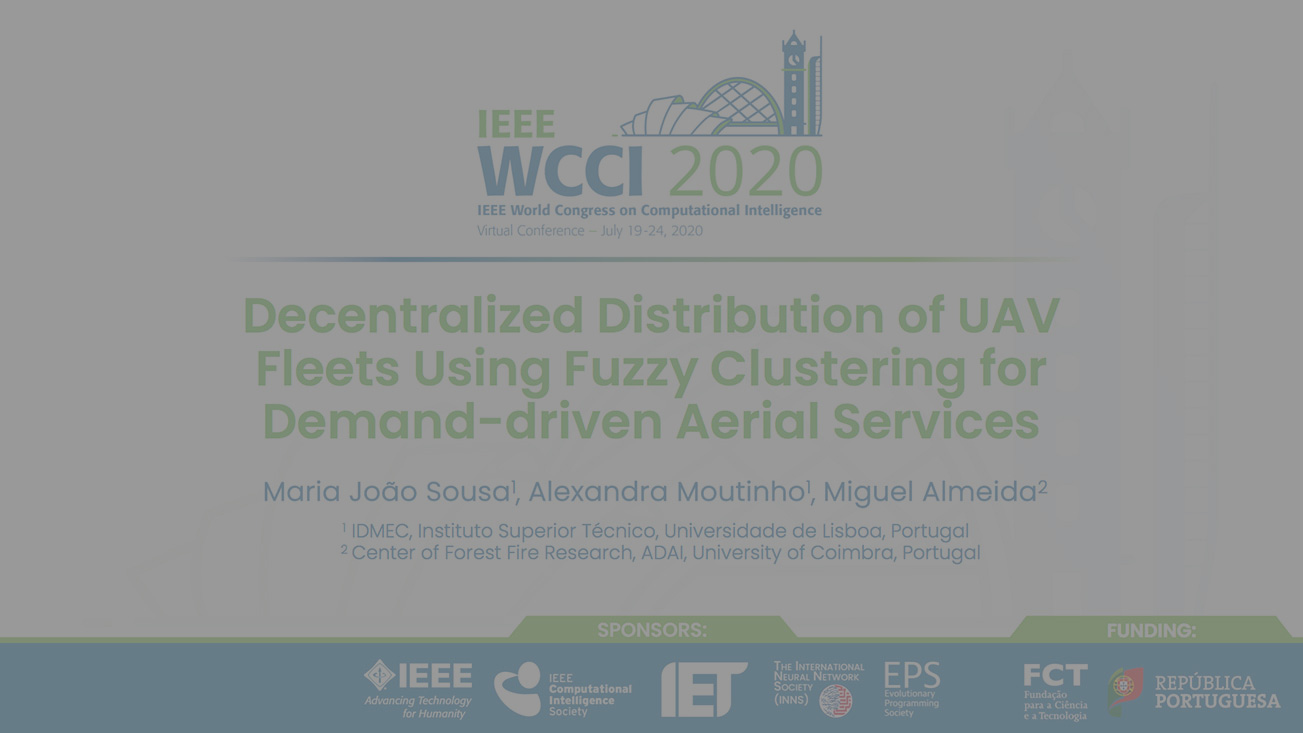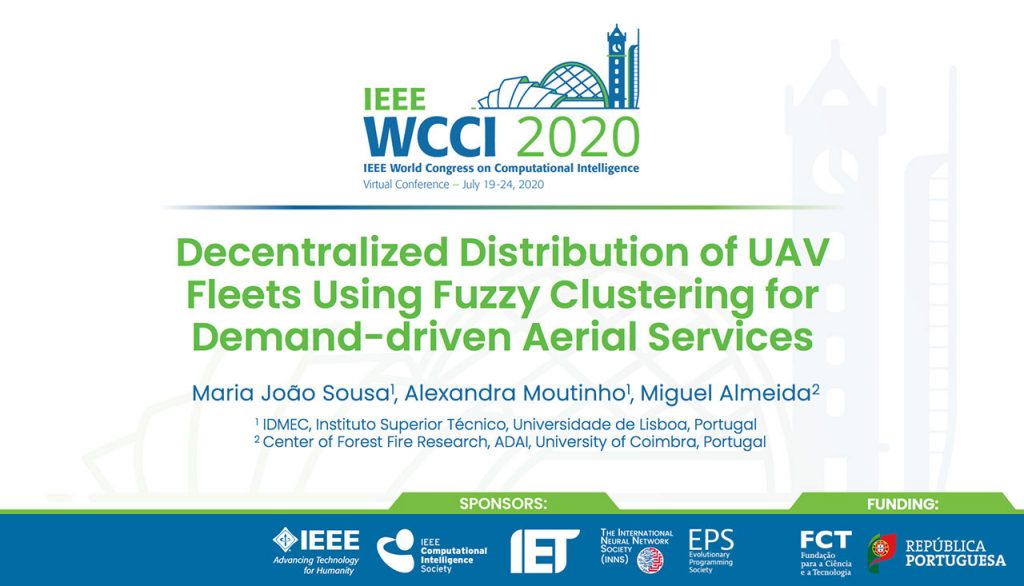From 13 to 15 of April of 2021, several tests were carried out at Lousã Aerodrome.
These tests consisted of the acquisition of thermal and visible image data from static platforms and a mobile platform, namely a multirotor drone.
These tests had as main objective the analysis of the variation of the spatial resolution of the objects of interest in the images as a function of the vertical and horizontal distance.
To complement the study carried out previously, these tests had a greater focus on situations with multiple fire ignitions.
The results of these tests will be made available in the near future.

